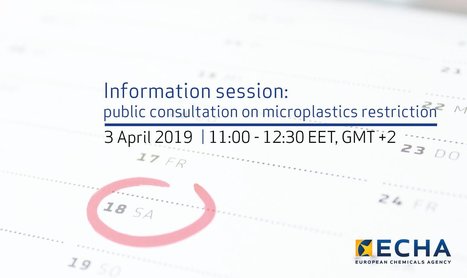Les préoccupations liées aux effets potentiels des nanoplastiques sur les organismes de l'environnement ont suscité de nombreux projets de recherche. Bien qu'elles soient composées des mêmes matériaux, les particules nanoplastiques sont beaucoup plus petites et sont donc supposées avoir une interaction plus élevée avec les organismes que les microplastiques, et présentent donc un risque plus élevé.
Research and publish the best content.
Get Started for FREE
Sign up with Facebook Sign up with X
I don't have a Facebook or a X account
Already have an account: Login
 Your new post is loading... Your new post is loading...
|
|














Article en anglais.